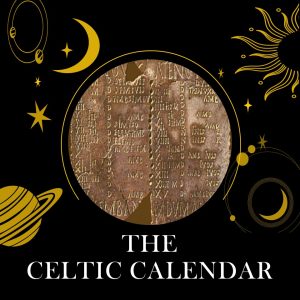 Lots of people want to give but struggle to find the cash in their budgets. Worse, many non-profits insist on making their annual pleas during the holiday season when everyone is already strapped for cash. But how is anyone supposed to come up with an extra $100 for their favorite charity when they’re trying to figure out how to afford Thanksgiving dinner or presents for their kids? That’s why I advocate making smaller donations throughout the year.
Lots of people want to give but struggle to find the cash in their budgets. Worse, many non-profits insist on making their annual pleas during the holiday season when everyone is already strapped for cash. But how is anyone supposed to come up with an extra $100 for their favorite charity when they’re trying to figure out how to afford Thanksgiving dinner or presents for their kids? That’s why I advocate making smaller donations throughout the year.
A donation of just $8 a month works out to almost $100 a year. But can $8 a month make a difference? Yes, it can!
Below are some often overlooked dollar store donation hacks that really make a difference in the lives of others. Continue reading

 As early as the neolithic era, humans sought ways to mark the passage of time and predict celestial events. Their methods, no matter how carefully thought-out, were often thwarted by the very solar and lunar cycles they wished to track. When seasonal drift occurred and the months no longer aligned with the weather, people simply adjusted the calendar or adopted an entirely new one.
As early as the neolithic era, humans sought ways to mark the passage of time and predict celestial events. Their methods, no matter how carefully thought-out, were often thwarted by the very solar and lunar cycles they wished to track. When seasonal drift occurred and the months no longer aligned with the weather, people simply adjusted the calendar or adopted an entirely new one. Getting Interviews & Making Waves
Getting Interviews & Making Waves The month of July is often referred to as the month of the Thunder Moon. Celts venerated all natural phenomena, so it’s not surprising that they had a thunder god. Taranis, whose name literally means thunderer, is that god.
The month of July is often referred to as the month of the Thunder Moon. Celts venerated all natural phenomena, so it’s not surprising that they had a thunder god. Taranis, whose name literally means thunderer, is that god. To start, ask yourself a couple questions.
To start, ask yourself a couple questions. Banned books are trending on social media and in the news. Parent groups concerned about the content in books stage protests and overrun school and library board meetings. If you’re not a reader and want to know what this banned book whoopla is all about, have I got a surprise for you. Many banned books have been made into movies!
Banned books are trending on social media and in the news. Parent groups concerned about the content in books stage protests and overrun school and library board meetings. If you’re not a reader and want to know what this banned book whoopla is all about, have I got a surprise for you. Many banned books have been made into movies! I’m in the process of putting in a fairy garden. At the outset, I did not realize it would be a multi-year process.
I’m in the process of putting in a fairy garden. At the outset, I did not realize it would be a multi-year process. There are several problems with banned books lists, the first of which is that they keep getting longer. The
There are several problems with banned books lists, the first of which is that they keep getting longer. The  The Ostara Sabbat marks the end of the dark half of the year. In the Anglo-Saxon calendar, Eostremonath was named after Eostre (Ostara in Old High German). Eostre is maiden goddess of dawn and the spring. At the equinox a feast is celebrated in her honor, replete with offerings of colored eggs. Exchanging eggs was thought to ensure abundant crops in the coming autumn and Saxons exchanged colored eggs as a talisman representing new life. The eggs were consumed in Eostre’s honor.
The Ostara Sabbat marks the end of the dark half of the year. In the Anglo-Saxon calendar, Eostremonath was named after Eostre (Ostara in Old High German). Eostre is maiden goddess of dawn and the spring. At the equinox a feast is celebrated in her honor, replete with offerings of colored eggs. Exchanging eggs was thought to ensure abundant crops in the coming autumn and Saxons exchanged colored eggs as a talisman representing new life. The eggs were consumed in Eostre’s honor.